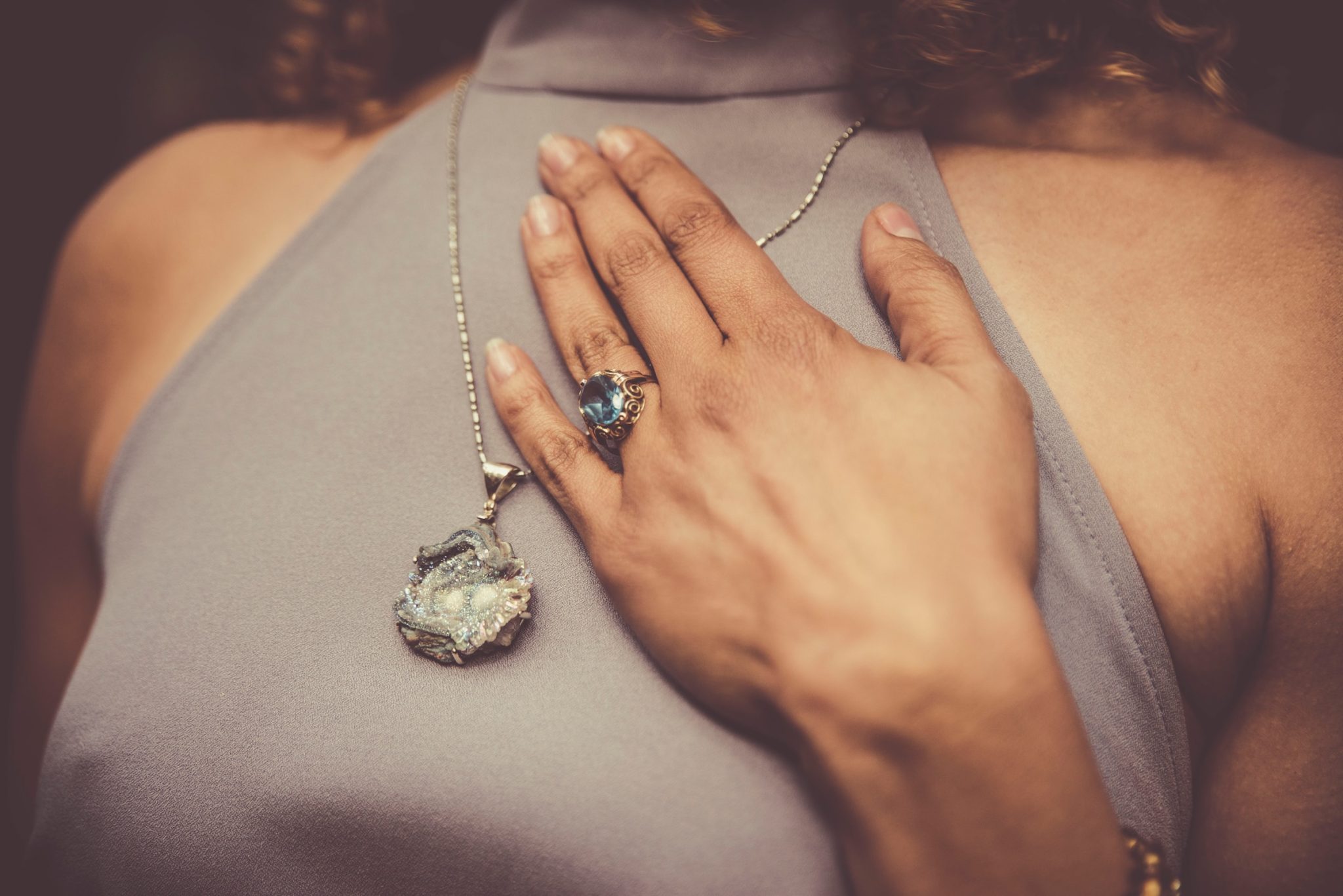Embarking on a journey through the vibrant world of precious gems and metals is like stepping into a treasure trove of Earth’s wonders. Each stone, each metal, holds its unique charm on and off of jewelry, be it diamonds with their pure brilliance or gold with their timeless elegance.

While they share commonalities in alluring aesthetics and prestigious status, their differences in hardness, rarity, and color are equally captivating. Let’s explore each gem and metal in depth.
Table of Contents
A Guide to The Four Precious Stone
While there are hundreds of gemstones, there are only four precious gemstones. Let’s look at the similarities and differences between diamonds, rubies, emeralds, and sapphires.
Diamond
The diamond sits at the pinnacle of precious stones. Known as the hardest substance on earth, a pure diamond emanates an ethereal light that leaves everyone transfixed. When buying diamonds, an understanding of the 4C’s—cut, carat, color, and clarity is very important.
Red Ruby
The red ruby, otherwise known as ‘the king of gems,’ symbolizes love and passion. If you’re considering buying elegant women’s ruby rings, remember that the value lies in their color and transparency. Rubies are highly coveted for their shade of red that borders on a deep pink.
Green Emerald
If there’s one thing synonymous with class and regality, it’s the green emerald. Due to its green hue ranging from light to deep green shades, emeralds symbolize rebirth and fertility in many cultures around the world. This gemstone holds precious historical significance as well.
Blue Sapphire
Last but not least among the four precious stones is the exquisite blue sapphire. Signifying wisdom and royalty, the blue sapphire dazzles with its brilliant blue tones under different lighting conditions. Sapphires can come in every single color, but only the blue ones are precious.
What’s the Difference Between Precious and Semi-Precious?

Distinguishing between precious and semi-precious stones can sometimes feel challenging, but it primarily boils down to rarity and hardness. Historically, diamonds, rubies, sapphires, and emeralds have been categorized as precious due to their scarcity and high durability.
Meanwhile, all other gemstones are usually considered semi-precious. However, this might not always hold true today. For example, some semi-precious stones like tanzanite or black opal may be rarer than those in the “precious” category! It’s always a great idea to learn about these fascinating differences when embarking on your gemstone discovery journey.
A Guide to The Three Noble Metals
From stainless steel to platinum, there are plenty of metals you can use in jewelry. However, the three noble metals are considered “precious.” These include gold, silver, and platinum.
Gold
Known for its enchanting, warm yellow hue, gold is the most traditional choice of precious metal around the world. Its softness makes it quite workable, but this also means it’s usually alloyed with other metals to increase durability. It embodies perfection and luxury in jewelry making.
Silver
Silver has a cool, chic elegance that is hard to beat. Its versatility allows it to complement any gemstone—from diamonds to emeralds. Despite being softer than gold and prone to tarnishing, silver has been celebrated for centuries and remains an affordable and stylish option.
Platinum
Platinum is a sophisticated metal that offers a silvery-white sheen that’s difficult to resist! Even though it is rarer than gold or silver, its superior resilience ensures your jewelry piece withstands the test of time. Its hypoallergenic properties make it perfect for those with sensitive skin.
In Conclusion…
As we conclude our voyage through the vibrant universe of precious stones and metals, it’s evident how each brings its own allure. Whether you’re drawn to the timeless elegance of gold or the profound depths of sapphire blue, there is always more to discover and appreciate.
- About the Author
- Latest Posts
Whether she is researching the latest trends in home decor, life-changing destination getaways, or the best way to maintain your finances, Dewey takes pride in leaving no stone unturned. She is passionate about distilling and delivering high-quality information that you can use to upgrade your life.

